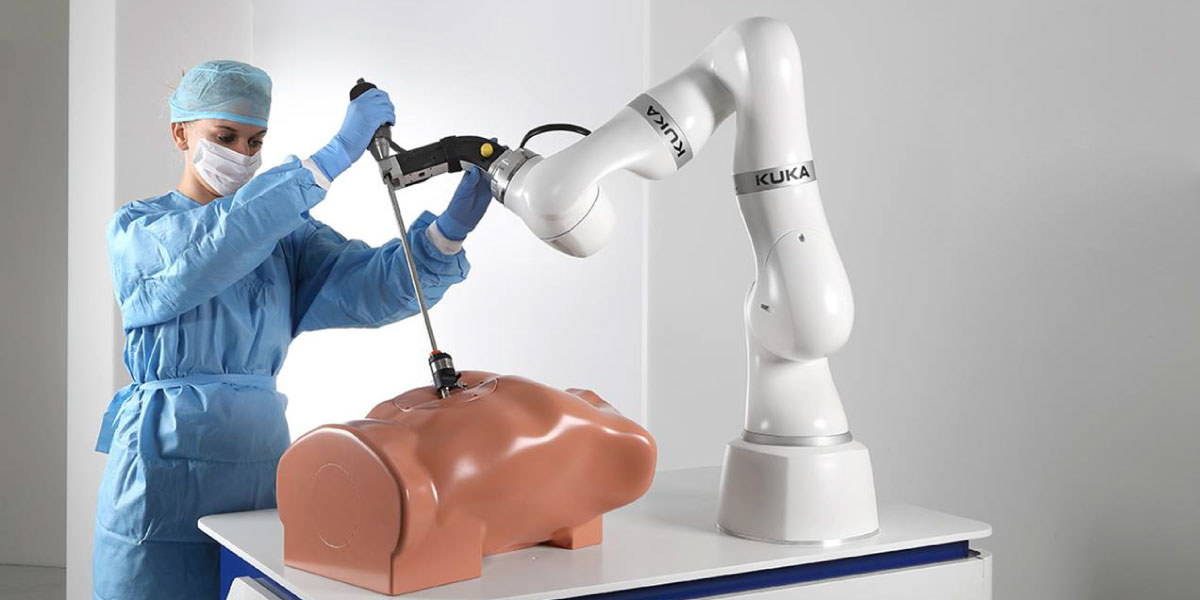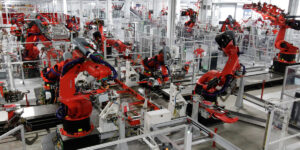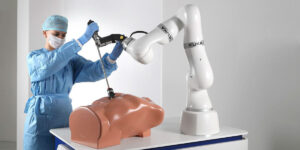In recent years, the world has witnessed an increased interest and accelerated adoption of robotics and automation technologies. Among these, collaborative robotics, or “cobots”, has emerged as a significant trend. Today, we focus on the progression and impact of cobots in the United Arab Emirates (UAE), a nation that has positioned itself as a pioneer in the field of robotics and AI.
What are Cobots?
Before we delve into the specifics of the UAE scenario, it’s crucial to understand what cobots are and why they’ve garnered such attention worldwide. Collaborative robots, or cobots, are designed to work alongside humans in a shared workspace, thus fostering a cooperative environment. Unlike traditional robots, cobots are safe to interact with, flexible, and often more intuitive to program. Their purpose is not to replace human workers but to assist them, taking over mundane, repetitive, or dangerous tasks, thereby boosting efficiency and reducing work-related hazards.
UAE’s Vision: Fostering Innovation in Robotics
The UAE’s interest in collaborative robotics reflects its broader commitment to technology and innovation. The UAE’s government has been pushing the nation towards a tech-driven economy, as outlined in Vision 2021, which was further extended in the UAE Centennial 2071 project. AI and robotics are essential parts of these plans, and the government’s efforts to promote these technologies are visible in initiatives like the UAE Artificial Intelligence Strategy 2031.
Impact of Cobots in UAE Industries
Cobots are making an impactful presence across various industries in the UAE, including manufacturing, healthcare, logistics, and construction.
Manufacturing
In the manufacturing sector, cobots are used to perform repetitive tasks with precision, such as assembling components, testing products, or packing finished goods. By taking over these repetitive tasks, cobots allow human workers to focus on more complex and creative aspects of production, thereby enhancing overall efficiency and productivity.
Healthcare
In the healthcare sector, cobots are being used in several innovative ways, from assisting with surgeries to aiding patient care. They not only help to reduce the workload of healthcare professionals but also contribute to more accurate and less invasive medical procedures.
Logistics
Cobots in the logistics sector help sort, package, and transport goods within warehouses. Their utilization has increased operational efficiency, improved delivery times, and minimized human errors. Moreover, the cobots can work round the clock, improving productivity levels significantly.
Construction
In the construction industry, cobots can perform tasks such as bricklaying, drilling, and demolition, which not only enhances speed and precision but also mitigates the risks associated with these hazardous tasks. The adoption of cobots in the UAE’s construction industry is in line with the nation’s drive to ensure worker safety and promote sustainable construction practices.
The Road Ahead
The rise of cobots in the UAE is expected to continue, fueled by the government’s push for digital transformation and the growing recognition of cobots’ advantages among businesses. With the rapid development in AI and robotics, cobots will become even more capable, adaptive, and intuitive to use.
Moreover, as the technology continues to mature, we can anticipate the expansion of cobots into new domains, including education, agriculture, and public service. The UAE, with its commitment to innovation and readiness to adopt new technologies, is likely to remain at the forefront of this exciting development.
In conclusion, cobots represent a significant opportunity for the UAE and its vision of a technologically advanced, diversified economy. They demonstrate how automation can coexist with human labour, not just in a competitive sense, but as a collaborative tool that can enhance human potential. As we move forward into an era increasingly defined by AI and robotics, the UAE stands as a beacon of what is possible when technology and vision come together.



